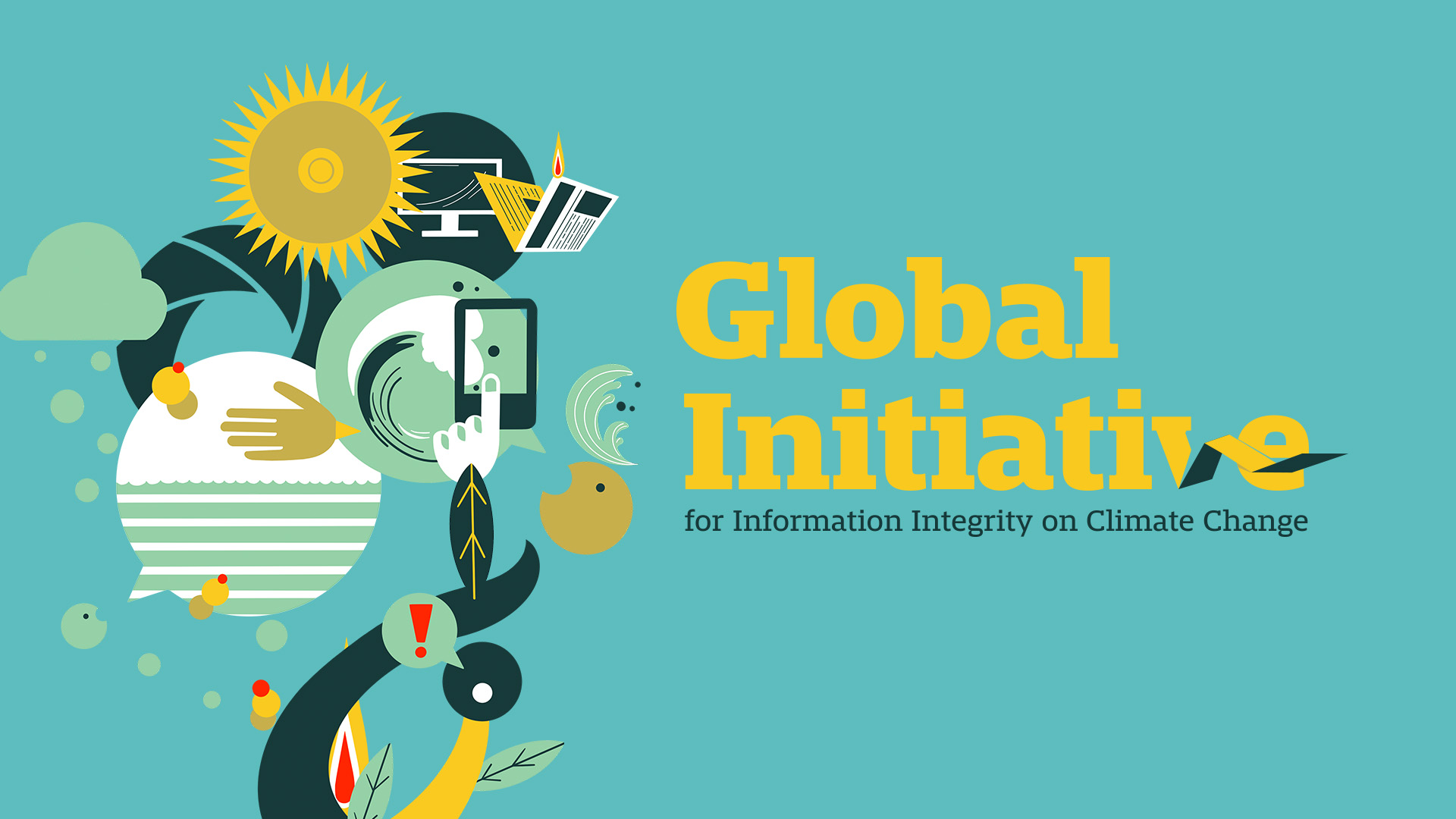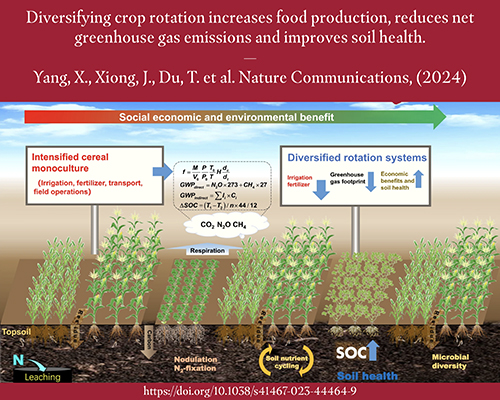The Role of Climate Activism in Advancing the Sustainable Development Goals
Introduction: A Global Call for Sustainable Development
Climate activism has emerged as a significant force in advocating for policy changes and societal shifts necessary to address global environmental challenges. This movement’s objectives are intrinsically linked to the United Nations’ 2030 Agenda for Sustainable Development, particularly the Sustainable Development Goals (SDGs). Activism serves as a critical catalyst, urging governments, corporations, and individuals to accelerate progress toward a sustainable and equitable future.
Direct Impact on SDG 13: Climate Action
The primary focus of climate activism aligns directly with SDG 13, which calls for urgent action to combat climate change and its impacts. Activists contribute to this goal by:
- Raising public awareness about the scientific consensus on climate change.
- Holding policymakers accountable for their commitments under international agreements like the Paris Agreement.
- Mobilizing public support for ambitious climate policies, including carbon pricing and investments in renewable energy.
- Advocating for the integration of climate change measures into national policies, strategies, and planning.
Interconnectedness with Other Key Sustainable Development Goals
The impact of climate activism extends beyond SDG 13, influencing a wide range of interconnected development goals. Addressing climate change is fundamental to achieving broader sustainability, as demonstrated by the following linkages:
- SDG 7 (Affordable and Clean Energy): Activism drives the demand for a transition away from fossil fuels toward renewable energy sources, promoting universal access to affordable, reliable, and modern energy services.
- SDG 11 (Sustainable Cities and Communities): Campaigns often advocate for green urban planning, sustainable transport systems, and resilient infrastructure, making cities inclusive, safe, and sustainable.
- SDG 12 (Responsible Consumption and Production): By promoting circular economy models and challenging consumer culture, activism encourages more sustainable patterns of consumption and production.
- SDG 14 (Life Below Water) & SDG 15 (Life on Land): Activists highlight the devastating effects of climate change, such as ocean acidification and deforestation, on marine and terrestrial ecosystems, pushing for stronger conservation efforts.
- SDG 1 (No Poverty) & SDG 10 (Reduced Inequalities): A central theme in modern climate activism is climate justice, which emphasizes that the impacts of climate change disproportionately affect the poorest and most vulnerable populations, thereby linking climate action directly to poverty eradication and the reduction of inequalities.
Conclusion: A Collective Responsibility for the 2030 Agenda
Climate activism plays an indispensable role in accelerating the implementation of the Sustainable Development Goals. By amplifying the urgency of the climate crisis and its profound connections to social and economic development, the movement galvanizes the collective action required to achieve the 2030 Agenda, ensuring a sustainable future for all.
SDGs Addressed in the Article
-
SDG 16: Peace, Justice and Strong Institutions
The article’s content, which is a feedback mechanism, directly relates to building effective, accountable, and inclusive institutions. By providing a form for the public to submit “Corrections? Updates? Omissions?”, the platform promotes transparency and public participation in maintaining the accuracy of information. This process is a fundamental component of an accountable institution that is responsive to its audience.
Specific SDG Targets Identified
-
Target 16.6: Develop effective, accountable and transparent institutions at all levels.
The feedback form is a practical tool for institutional accountability. It allows the public to hold the publisher accountable for the accuracy and completeness of the information provided. The statement, “Our editors will review what you’ve submitted and determine whether to revise the article,” explicitly describes a process for accountability and transparency in content management.
-
Target 16.7: Ensure responsive, inclusive, participatory and representative decision-making at all levels.
The article’s form is a direct channel for public participation in the decision-making process of content revision. The invitation to “Let us know if you have suggestions to improve this article” makes the process inclusive. The system is designed to be responsive to this participation, as confirmed by the promise that editors will review the submissions.
Indicators for Measuring Progress
-
Implied Indicator: Existence of a public feedback mechanism to promote accountability.
The article itself is the evidence for this indicator. The presence of a form with a text area and a “Submit Feedback” button demonstrates that a system is in place for the public to report issues and suggest improvements, which is a measure of institutional accountability and transparency.
-
Implied Indicator: A defined process for reviewing and acting on public feedback.
The text explicitly mentions a process: “Our editors will review what you’ve submitted and determine whether to revise the article.” This implies a measurable workflow, such as the proportion of feedback that is reviewed or the number of articles revised based on public input, which can be used to track progress towards institutional responsiveness and participation.
Summary of SDGs, Targets, and Indicators
| SDGs | Targets | Indicators |
|---|---|---|
| SDG 16: Peace, Justice and Strong Institutions | Target 16.6: Develop effective, accountable and transparent institutions at all levels. | Existence of a public feedback mechanism to promote accountability, as evidenced by the feedback form. |
| SDG 16: Peace, Justice and Strong Institutions | Target 16.7: Ensure responsive, inclusive, participatory and representative decision-making at all levels. | A defined process for reviewing and acting on public feedback, as stated in the text “Our editors will review what you’ve submitted…”. |
Source: britannica.com







